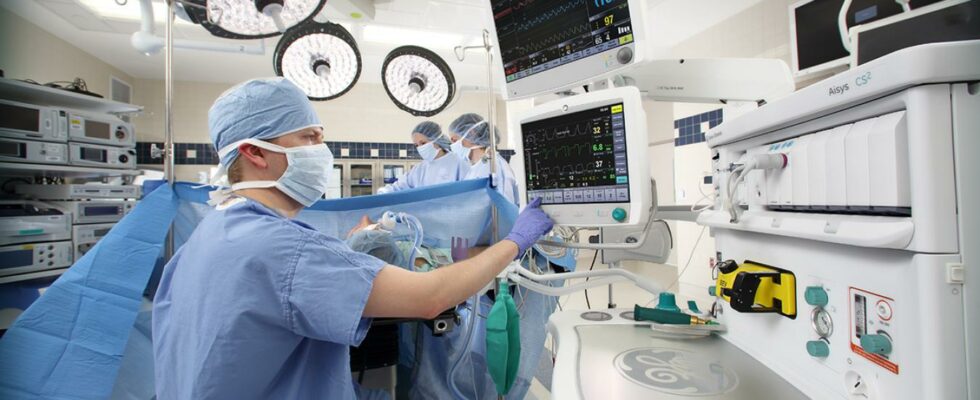In the world of modern medicine, where cutting-edge technology and sophisticated procedures often take center stage, there exists a silent hero without which many surgeries would be impossible: the anesthesia machine.
While surgeons, nurses, and other healthcare professionals receive well-deserved recognition for their roles in patient care, the anesthesia machine quietly plays a pivotal role behind the scenes, ensuring patient comfort, safety, and successful outcomes. In this article, we delve into the often-overlooked significance of anesthesia machines in healthcare.
The Evolution of Anesthesia Machines
Modern medicine owes much to the anesthesia machine. Without it, invasive surgeries would still be too risky to perform in many cases. From humble beginnings, when early anesthetic techniques were crude and risky, anesthesia machines have come a long way. These days, they are highly sophisticated devices that can deliver precise concentrations of anesthetic gases and monitor vital signs throughout surgery.
Thanks to advances in medical technology, anesthesia machines today offer a level of precision and control that early anesthesiologists could only dream of. In fact, the evolution of anesthesia machines has made it possible for patients to undergo even more complex surgeries with greater ease and safety.
Ensuring Patient Safety
One of the primary functions of anesthesia machines is to ensure the safety of patients undergoing surgery. These machines are equipped with a variety of safety features designed to prevent complications and adverse events. For example, modern anesthesia machines include alarms that alert healthcare providers to changes in patient vital signs, such as decreases in oxygen saturation or abnormal heart rhythms. Additionally, built-in mechanisms allow for the delivery of precise doses of anesthetic gases, minimizing the risk of overdose or underdose.
Precision and Control
Anesthesia machines provide unmatched precision and control in administering anesthesia during surgical procedures. Anesthesiologists can finely tune the concentration and flow rate of anesthetic gases using pressure transducers, ensuring they cater to each patient’s requirements and respond effectively to evolving conditions during the operation. Such meticulous control is paramount in maintaining patients in an optimal state of anesthesia or sedation, tailored to the specific duration and intricacy of the surgery.
Patient Comfort
Beyond its technical capabilities, the anesthesia machine plays a crucial role in ensuring patient comfort during surgery. By delivering a carefully calibrated mixture of gases, including oxygen and various anesthetic agents, these machines induce a state of unconsciousness or sedation, allowing patients to undergo procedures without experiencing pain or distress.
Moreover, advancements in anesthesia technology have led to the development of techniques such as total intravenous anesthesia (TIVA) and target-controlled infusion (TCI), which offer smoother induction, maintenance, and emergence from anesthesia, further enhancing patient comfort.
Supporting Complex Procedures
Anesthesia machines are indispensable tools for supporting a wide range of surgical procedures, from routine operations to complex, high-risk interventions. Whether it’s a brief outpatient procedure or a lengthy open-heart surgery, anesthesia machines provide the essential support needed to ensure the safety and well-being of patients throughout the surgical process.
Moreover, advancements in anesthesia technology, such as the integration of electronic medical records (EMRs) and anesthesia information management systems (AIMS), have streamlined documentation and improved communication among members of the surgical team, further enhancing patient care.
In Conclusion
When you think about the individuals involved in a surgical procedure, doctors and nurses may come to mind first. However, it’s important not to overlook the critical role of another key player: the anesthesia machine. These machines serve as unsung heroes, focused on ensuring the safety and comfort of patients throughout their surgical journey.
From accurately administering anesthetic agents to monitoring vital signs and supporting complex procedures, anesthesia machines are a cornerstone of modern healthcare. As technology continues to evolve, there’s no doubt that we’ll see innovations in the machines used to deliver anesthesia, further improving the quality and safety of surgical procedures.
